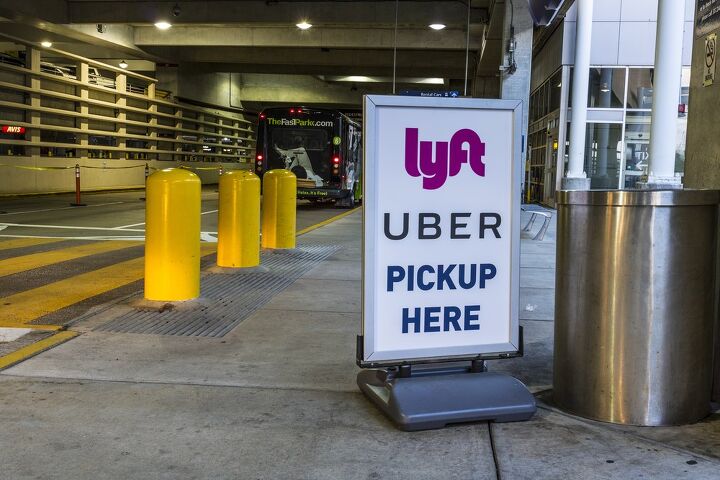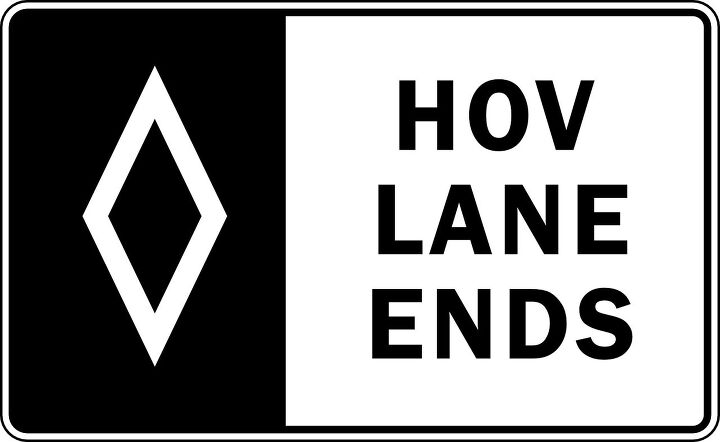#TrafficJams
QOTD: Where Have You Encountered the Worst Traffic?
Matt wrote earlier about 15-minute cities by featuring plans being made in Cleveland. The purpose of these cities is basically to set up neighborhoods so that anything residents want or need is within a 15-minute walk -- thus reducing automobile traffic.
Captain Obvious Returns: Studies Say Ride-Hailing Apps Cause Pollution
As luck would have it, hiring thousands of drivers to cruise around a city in search of their next fare has some negative environmental impacts. That’s the word coming from expert researchers at Carnegie Mellon University, who we can only hope are prepared to tackle similarly impossible quandaries — like establishing what happens to an object when it’s dropped or reaching a final determination on the wetness of water.
The study is inextricably linked to one we covered in 2018 asserting that ride-hailing services actually created more traffic congestion because it treads extremely familiar ground and seems like something that we should have already figured out on our own. But it’s also at odds with the years of messaging we’ve gotten from technology firms that have promised on-demand services (like Uber or Lyft) would usher in a new era of urban transportation striving for clearer roads and cleaner air. Based on little more than the conjecture of executives, we’ve generally accepted ride-hailing as “greener” than the alternatives and it’s well past time that we started actually thinking about it.
Los Angeles Finally Snubs Electric Vehicles, Clean Air Cars Have to Pay for HOV Lane
California has been bending over backward to encourage commuters to adopt zero-emission vehicles. Los Angeles County even went so far as to offer EV drivers the opportunity to become certified to access the express lane, even when riding solo, free of charge. This immediately caused issues and transportation officials announced on Thursday they were going to have to eliminate the program to reduce congestion.
Apparently, giving zero-emission vehicles free access to the carpool lane created an influx of traffic that it was no longer able to meet the federally mandated minimum speed of 45 mph during peak hours. Officials had become concerned after over two-thirds of California’s HOV lanes couldn’t maintain the minimum speed in 2016. However, that’s not entirely the fault of EVs. Drivers who have opted to pay for use of the toll lanes without passengers now account for around half of its daily traffic, pushing it past capacity. LA is worried that frequent slowdowns has resulted in commuters becoming less interested in buses and carpooling.
Captain Obvious Finally Arrives: Ride Hailing Actually Congests City Traffic
A recurring theme among ride-hailing executives from the likes of Lyft and Uber is that their platforms will help reduce congestion in the world’s most populous cities. However, anyone actually living in these places will tell you it doesn’t appear to be working. Cities like New York were already clogged with taxi cabs but, instead of seeing all of these drivers buy personal vehicles to enlist as independent contractors for ride-hailing firms, Uber and Lyft brought in new drivers, more vehicles, and fresh competition.
Worse yet, ride-sharing alternatives like Uber Pool have moved people away from buses and trains and placed them in the backseats of cars — further compounding the problem. It turns out city dwellers who already owned an automobile didn’t suddenly decide to get rid of it, and those who were heavily invested in mass transit discovered an affordable car-based alternative.



















Recent Comments